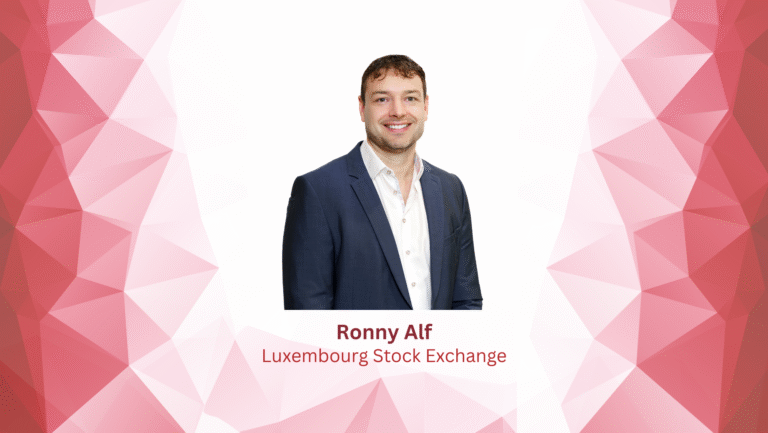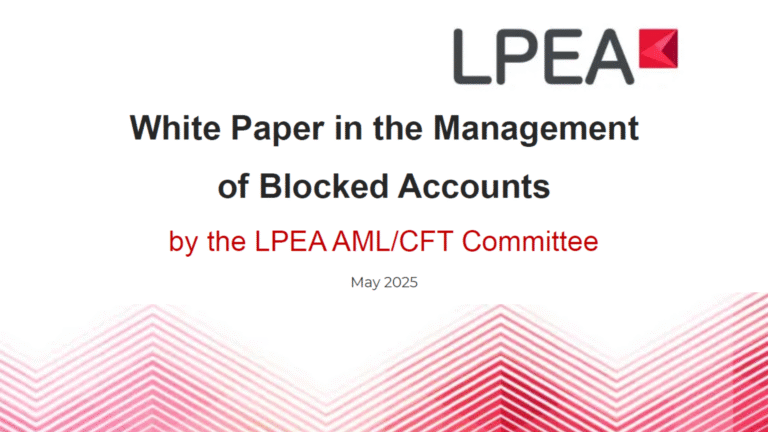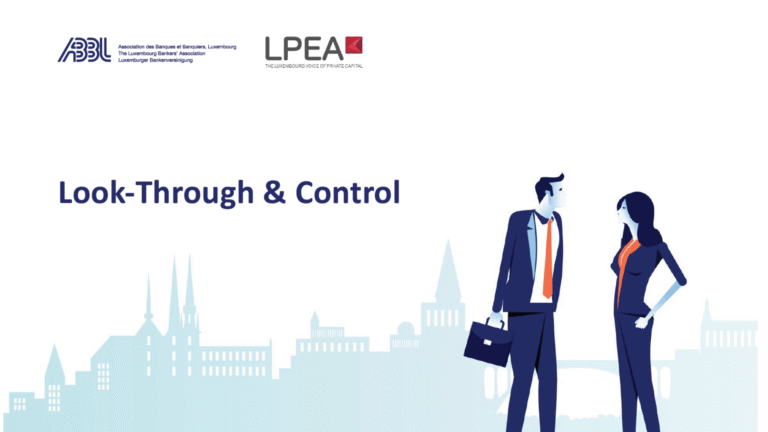Private Equity’s business model is changing
Capital V #9 | by Olivier Coekelbergs
“Overall investors want to enter into longer relationships with the fund they invest in.”
Over the past ten years, the Private Equity industry has gone through a major transformation to absorb numerous regulatory and tax evolutions. As of today, it is fair to say that Private Equity funds have been completely reshaped from a structuring, governance and transparency perspective with many stakeholders and regulators becoming much more intrusive in their day-to-day activities.
Contending with these changes has required Private Equity firms to become much more flexible and agile. In effect, those who have better embraced these changes appear nowadays to be the most successful in the market. In the current environment, we see trends which should not only affect the structures, the governance and the transparency of the Private Equity structures, but the core business model of Private Equity funds.
The downside of excess capital
The past five years have been extremely successful for the industry in terms of the amount of capital raised. Governmental initiatives aiming at supporting the industry and creating a stronger investor appetite for the asset class have placed the industry at a peak in terms of available capital to invest. With close to USD 550bn for buyout funds only, dry powders are higher than ever – and this figure does not include the so-called “shadow capital”, an alternative way for investors to put money at work in Private Equity to boost return at a lower cost.
Therefore, while Private Equity firms do not struggle to find capital, the other side of the coin is that the competition for the best deals is fiercer than ever with very high pricing and ultimately a deal flow to be shared among a larger number of players made up of the traditional Private Equity firms and other investors such as Limited Partners who are themselves building investment capabilities and competing with the traditional houses. In such a context, generating returns for investors and Private Equity firms tends to become very challenging as it can only result from real value creation over a longer period of time. It requires Private Equity firms to go the extra-mile and enter into a much deeper value creation process. This requires the implementation of various measures to accompany and support the fund’s investee companies in the improvement of their operations, sales forces, cost management, innovation capabilities and other factors that should positively impact their earnings.
LPs have evolved
Since 2008, limited partners have continuously reduced the number of relationships they had with Private Equity firms but invested larger tickets with those they retained. This trend is partially owing to the increased cost linked to the closer investment monitoring they have had to implement. For institutional investors, improving the monitoring of their investments in Private Equity funds has become a priority. Participation in advisory boards, extended due diligence before investments and requests for more detailed and sophisticated reporting provide factual evidence that current day investors want to be closer to the activities of the Private Equity funds in which they invest. Obviously, absorbing the cost of such robust and sophisticated investment selection and monitoring processes requires them to invest larger amounts with a fund for a longer period of time and reduce the number of relationships they have with fund managers. It also puts them in a stronger position to negotiate the terms under which they invest into the funds, being the financial conditions or the option to deploy shadow capital through co-investments alongside the fund and get greater control over their investments. It can also help investors to develop their own internal capabilities, gain experience in direct investment and acquire valuable knowledge about industries to which they may not otherwise have access.
Also, a significant portion of investors, such as pension funds, do not expect a spectacular short-term return; they want to have regular cashflows to meet their commitments. Typically, for pension funds, the choice between a 20% return over a period of five years versus a 10% return over a period of ten years is not so obvious.
Overall investors want to enter into longer relationships with the fund they invest in.
The cost model is also evolving
A negative effect of the new regulations is the cost generated for the Private Equity funds and their investors. The cost of running a fund has significantly increased over the past ten years and the threshold of capital needed for a Private Equity fund to be viable has also increased. On the other hand, larger investors are in a better position to negotiate financial terms and call for more transparency on fees charged while value creation in the portfolio companies requires more staff and resources.
While one could say that the higher pressure on management fees paid to Private Equity firms helps compensate for the increased costs linked to regulation, Private Equity firms are in a situation where a tangible upside in their income can only result from the performance of the fund and therefore value creation at the level of portfolio companies.
Overall, in the current market investors seek longer relationships with funds focusing on long-term value creation and closer involvement in the management of the fund and its supervision at a controlled cost. We should therefore see funds incorporated for a longer time, with a limited number of investors and investments, but with strong capabilities in, and focus on, value creation. While there will always be exceptions to this new generation of Private Equity funds and the evolution towards this model will take some time, future changes in regulations or resulting from Brexit, the growth of shadow capital and the overall low growth economic environment are factors which should fuel this transformation.






